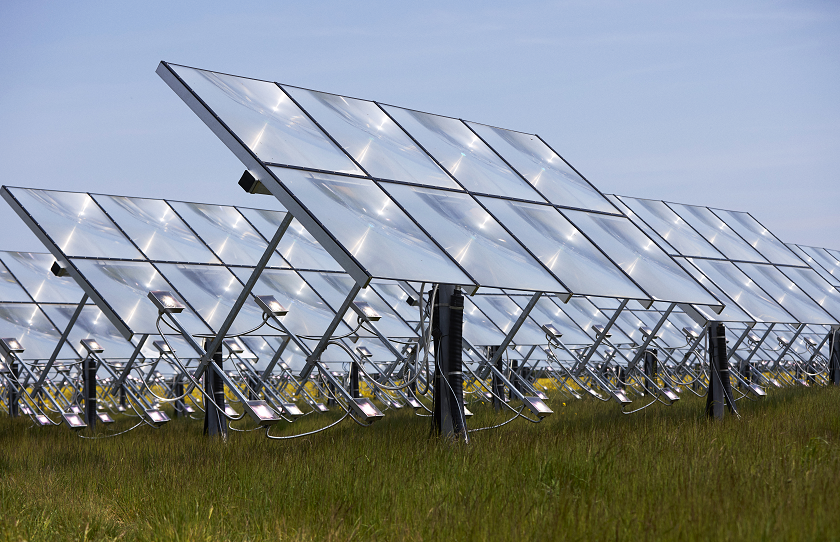Heliac challenges everything we know about energy
In The News
05 Nov 2019
Photo: Gideon Caringal
Common belief suggests that entrepreneurs are a special breed. Admittedly, there is one thing they are better at than others: seeing problems as opportunities. Heliac’s team has long recognized the biggest lever that is going unaddressed in the efforts to decarbonize the energy sector. Through its game-changing technology, the Danish start-up challenges the world to wake up to the missed opportunity of heat.
The elephant in the room
Recently, we had the pleasure to sit down with one of our rising cleantech stars, Jakob Steen Jensen, CCO of Heliac. Despite our affinity with the subject of conversation, he managed to expand our horizons with new, astounding insights.
Discussions about energy and policy decisions alike often have a single focus on electricity in the face of climate change, although electricity only accounts for one fifth of global energy consumption. Heat production on the other hand, uses almost half the world’s energy*. Yet, electricity dominates the stage, leaving little room for efforts and resources to go towards exploring the untapped potential of heat.
It turns out that we have been blind to the elephant in the room all along. The world won’t become a clean, carbon emission free place even if most energy demanding processes are electrified and powered by solar cells and wind turbines. We need more. We need to look towards the real culprit – heat.
Thinking outside the box
This is precisely the gap that Heliac has been addressing by developing and scaling its solution to decarbonize industrial process heat. Its scalable, adaptable and modular panels generate heat using lenses that focus sunlight exactly like magnifying lenses. But how are they different than anything else so far?
Instead of the common practice to use curved mirrors, Heliac designed their panels using flat lenses. This allows for heat production at costs so low that the technology can compete with any other method of producing heat almost anywhere in the world. More than that, the technology can address all industrial processes in food and beverage, in paper and pulp, textiles, chemicals and in countless other industries. Clean energy at lower costs than any alternative, a business case clear as day.

Photo: Thomas Tolstrup
With all trump cards in its hand, Heliac is gaining traction and recognition. In collaboration with E.ON, Heliac has built a 2MW solar field in Denmark and has won the prestigious Danish Industry Prize delivered by members of the Danish and Swedish royal families. Heliac’s solution has also been cast as the first example illustrating the World Economic Forum’s story about Denmark’s integration of renewables. And the start-up is only getting started.
A world of opportunities
Heliac has identified the potential of heat-driven processes in increasing renewables in the global energy market. After all, they require half of the world’s energy. Rising demand of energy coupled with economic interest to decarbonize offers Heliac an ever-growing market. This breakthrough technology can not only offer clean energy at lower costs – it can also potentially transform an entire industry and possibly reshape the way we understand heat.
Reality suggests that addressing certain systemic challenges of climate change is simpler than at first glance. Often, it comes down to the simple fact of recognizing the elephant in the room, getting up and starting to do something about it.
Our Danish frontrunners are, as a prime example, eloquently walking the talk by addressing heat in the efforts to decarbonize the energy sector.
*Source: REN21 (2019) Renewables Global Status Report 2019, p. 33
https://www.ren21.net/wp-content/uploads/2019/05/gsr_2019_full_report_en.pdf


